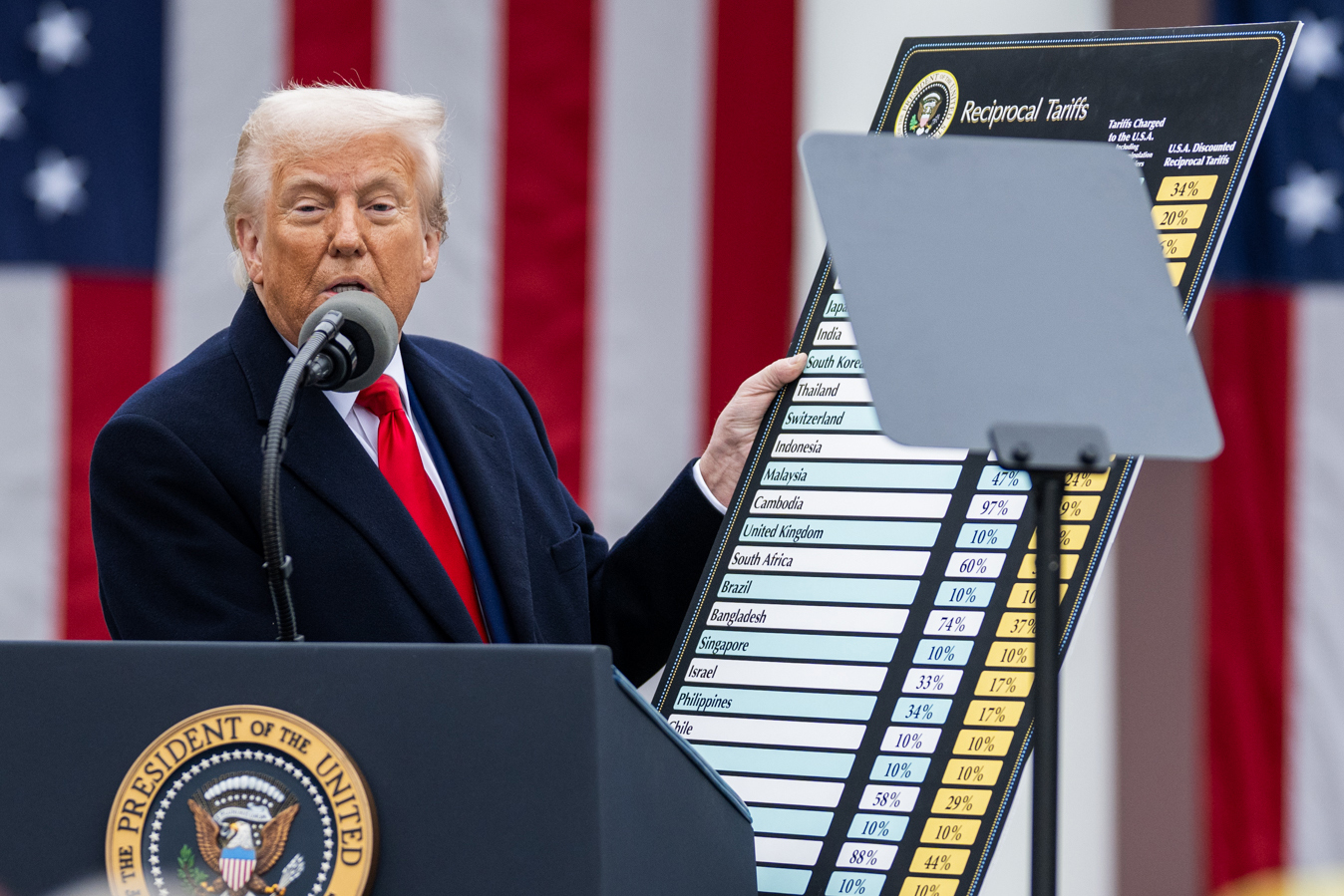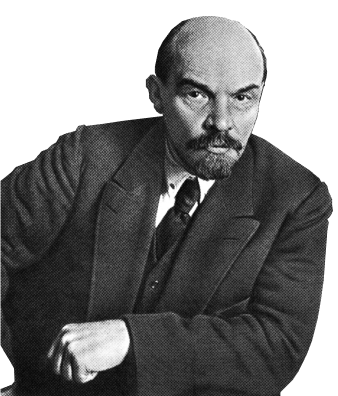
The following is an update on the article of Friday: Trump’s tariff programme deepens protectionist tendencies in world economy.
The financial markets are reeling from Trump’s tariff announcement yesterday. The confidence of the collective capitalist class has received a body blow as Trump imposes the highest tariffs since the 19th century.
The S&P 500 was down 3 percent, Nasdaq down 4 percent. Shares in Apple were down 8 percent, Nike was down 11 percent, Ralph Lauren 12 percent, Nvidia 5 percent etc. Anyone importing from South-East Asia was badly affected, starting with the clothing industry. Vietnam, Cambodia, Laos, Sri Lanka, Bangladesh, Indonesia and Myanmar were all targeted with tariff rates between 35 and 49 percent. It is going to have a major impact on the whole of the economy in that region. More than one third of the exports of both Vietnam and Cambodia are destined for the US market.
The fall in the stock markets revealed that the tariffs were worse than expected. 10 percent on all imports, plus selectively higher tariffs on all of the US’ main trading partners, depending on how you count, will leave an average tariff rate of 29 percent if you were to believe Evercore ISI, or 18 percent if you believe Goldman Sachs. Either way, as Goldman Sachs points out, it is likely to go up as sectors like copper, pharmaceuticals, semiconductors and lumber receive their own tariffs.
The impact on the world economy is going to be heavy, as most countries have significant trade with the US. The six percent fall in the price of oil reveals worries by oil traders that a recession is on the cards.
Predictably, US trading partners are unhappy with the tariffs, but it was clear that they fear getting into a trade war with the US, and the consequences that would entail. Italy and Spain urged “constructive negotiations”. The British government is ‘consulting’ CEOs on retaliation. Japan is also relatively muted.
The relatively limited immediate response reflects the reluctance of governments to do further harm to their own economies by engaging in further trade measures. However, as the situation deteriorates further, whether this year or next, new measures will be introduced. In the 1930s, all the protectionist measures weren’t introduced all at once, but gradually, in country after country, as the crisis got worse, governments changed and so on.
The South Korean government, which is trying to ingratiate itself with Trump, is attempting to solve the problem by subsidising its industries, forcing the cost onto South Korean workers. This is another measure on the cards for the bourgeoisie of affected countries. By direct subsidies or by attacking working conditions, the bourgeois can attempt to squeeze their own workers in response.
Trump is also bringing home the ‘pain’ that he promised for the US economy. Stellantis announced 900 temporary layoffs in the US at five facilities. As costs of US-made products increase because of the tariffs, US consumers will stop spending, waiting for better times. The car industry is now deeply worried about tariffs on the imported components they need to assemble cars in the US.
Export industries will also be affected, first by a shock to their own costs, and secondly by retaliatory measures. To top things off, the large-scale tariffs are expected to add something like 2.5 percent to annual inflation, which will cut into US workers’ purchasing power.
How far and how deep the effects of this will go is not known. But the unraveling of 80 years of trade integration is going to have massive implications for the world economy. All the benefits of world trade are under threat: greater productivity, cheaper products, etc.
Now, an even fiercer competition will begin on the world market as the US market becomes harder to access, and consumers, worried about the future, restrain their consumption. How long before the ailing EU imposes further tariffs, not just on the US, but on China and other countries, in order to stop ‘dumping’?
There is no doubt who will be asked to pay the price for this crisis: the working class. The working class will need to fight hard against the coming onslaught of measures: against factory closures, against attacks on wages and conditions, against cuts in social spending, etc. The intensification of international conflict will find its mirror image in the intensification of the class struggle.

